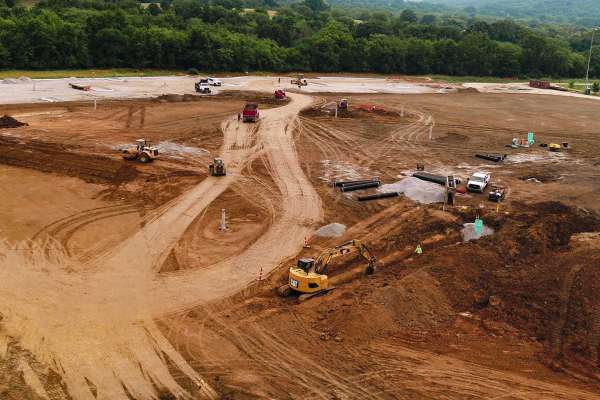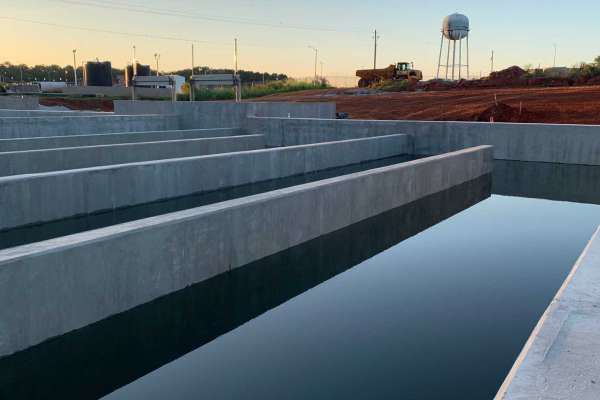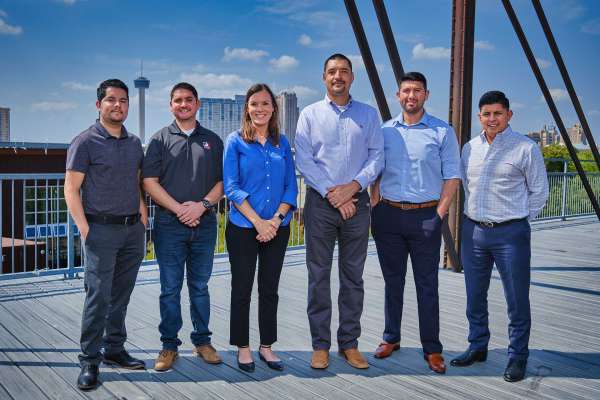Industry Insider
Garver is expanding what multidisciplined services can do for building design.
What is Garver bringing to structural engineering design?
Garver brings a rich history of over 100 years of structural design experience and a team of client-minded building design professionals. Garver has built a team of highly regarded and skilled structural engineers, who are well-equipped to utilize novel and creative structural engineering approaches and solutions. Each has an impressive portfolio of projects. With the team’s extensive experience and expertise in different project types, including aviation, commercial, education, healthcare, high-rise, industrial, mission critical, mixed-use, municipal, residential, and venue projects, we can serve our clients on an array of projects. Additionally, Garver has a full complement of building design engineers, including mechanical, electrical, plumbing, fire protection, and telecommunications, allowing Garver to provide a connected approach of innovative and efficient building design services that provides unparalleled value of coordination on building designs.
What is the benefit to being backed by a large firm?
The incredible breadth in the services and expertise we can offer. This is what we call our “connected approach” to building design. Not only can we provide structural engineering services, but under the same Garver umbrella, we can equip any project with experts in mechanical, electrical, plumbing, and fire protection who are ready to lend advice and counsel whenever required. This is what is unique about Garver. The tailored approach to structural design services can be appropriate, but having all disciplines under one contract — available through one point of contact — makes the process cost-efficient and virtually seamless.
How does this benefit owners, developers, and architects?
This connected approach fosters communication. It can be attractive to any owner, developer, or architect to have a single point of contact, one who is invested and can speak to any element of the project. Having all disciplines, not only within the same company but on the same team, means there are virtually no barriers to communication. This approach channels information directly to the client; this, in turn, increases efficiency and permits the building owner, developer, and architect to concentrate on what matters most: the end product.
Where have these ideas been realized?
Garver’s connected approach to building design is already impacting projects across the country. In Tulsa, Oklahoma, is a community center for which Garver provided the structural design in just under two months. The new 200,000-square-foot facility will house a preparatory academy and help transform a portion of North Tulsa into a vibrant community hub. In addition, in Colorado, Indiana, Kentucky, Ohio, Pennsylvania, and Virginia, religious venues are being constructed, utilizing our connected structural and electrical designs.
What’s next for structural design?
The same design principles that Garver uses today are similar to what Neal Garver used when he started the company in 1919. Notwithstanding the same basic principles, to produce its structural designs, Garver continues to innovate and optimize the latest advancements in communication and technology — which continue to enhance the usage of structural building materials and accurately predict structural building behavior.










Share this article